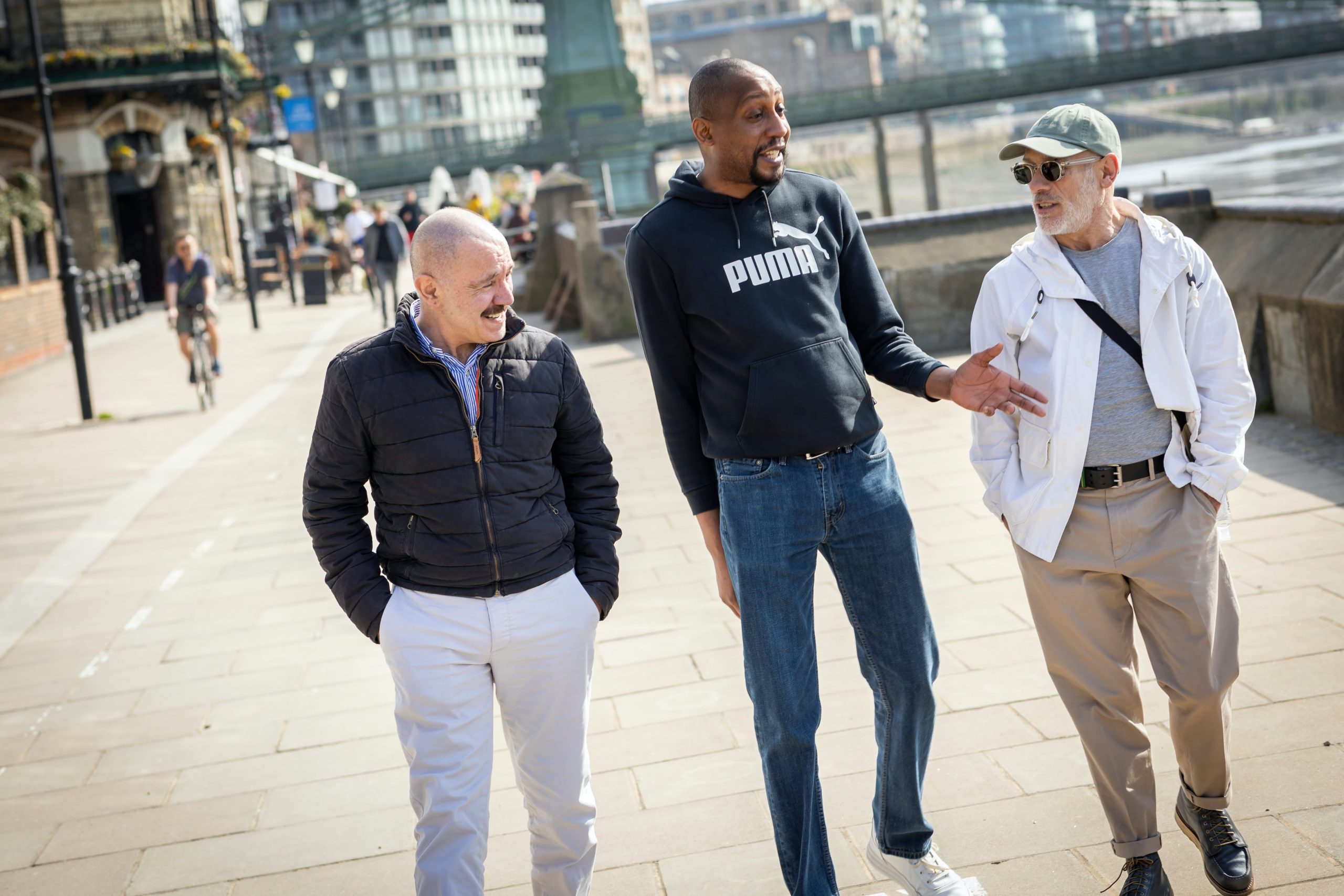I recently sat on a panel at a sustainable tourism conference called Responsible Marketing and Communications. The conversation was far-reaching and touched on everything from appropriately amplifying Indigenous stories to best practices for communicating about sustainability commitments.
But the mere fact that there was a session called Responsible Marketing and Communications is telling: The tourism industry recognizes the need to be more mindful and intentional in its marketing and messaging. Therefore, it also recognizes that it has engaged — and often still engages — in irresponsible, unethical, and harmful storytelling practices.
Ignorance is not bliss; it is deviously hurtful to people and the places that keep tourism alive and allow it to thrive. And now that professionals across the tourism industry are aware of the impact of harmful storytelling practices, they can’t unknow it.
As Philip Pullman wrote in a 2002 essay, “Once we become conscious of language, we can’t pretend to be innocent about it; we have a responsibility for looking after it.”
In the tourism industry, as we dismantle outdated business models and decolonize travel experiences, we also need to find new ways to package, deliver, and communicate about travel.
To do this, we must question the harmful narratives tourism has relied upon. We must be willing to hand power over to local people to shape the stories they want to share about the places they call home. We need to be willing to listen, unlearn, and relearn.
When it comes to responsible storytelling, Pullman describes it this way: “Those of us who use language to tell stories should continually make sure of the meaning of words by looking them up in a good dictionary, should become attuned to our own utterances and realize when we’re using expressions that are second-hand or blurred through too much use, should use language to illuminate, reveal, and clarify rather than obscure, mislead, and conceal.”
To be clear: Responsible storytelling in tourism is not simple, in large part because it’s a drastic departure from the way we’ve operated in the past.
In the not-so-distant past, it was okay for travel storytelling to portray Western, white, and wealthy travelers as superior, saviors of the places they visited — something that was then reinforced when people expected to find these circumstances when traveling. It was common to use words like “conquer” and “exotic” to sell travel experiences. It was acceptable to promote the common narratives of places if they aligned with what travelers wanted and were comfortable with, even if they misrepresented places and the people who lived there.
We know better now. We know to do better, so we must do better.
We also need to accept that what we know today, may change tomorrow.
Language and words are always evolving, and their nuances differ from place to place and community to community. What makes sense in one language may not be appropriate in another. What is acceptable use for native speakers may be unacceptable for outsiders. Local culture, tradition, and expectations are just a few of the influences that have shaped — and will continue to shape — words, meaning, and usage.
You know the impact of storytelling. Now, stay ahead of the curve:
Read widely.
Read fiction and non-fiction from a diverse array of writers. Read across genres: geo-politics, history, environment and nature. Read older books and contemporary ones. Read news sources from across the world — even those from the distant corners you think about so little (if at all) in your day-to-day work. If you don’t have time to read the articles, at least browse the headlines.
Importantly, seek out a variety of writers, perspectives, and identities: gender, age, sexuality, race, ethnicity, political leanings. Seek out the non-dominant narratives, even though they’re harder to find. Find works in translation, those written by historically under-represented writers, and those not found on best-seller lists.
Understand what is happening in the world beyond your professional bubble. Listen to what people have to say. Listen to what isn’t being said, but is actually being communicated anyway.
Follow a variety of creators and storytellers.
We hold the world in our pocket, so take advantage of that intimate connectivity. Diversify your social media feeds so that you can listen and learn in real-time. Don’t settle for a feed of followers that only look and sound like you.
Is it sometimes uncomfortable to sit with what some people have to say? Yes, absolutely, especially if you’ve floated through a life of privilege. Stop doing harm by making assumptions about the stories you think you know.
Instead, settle in and listen — really listen. What stories have been silenced, but should be amplified? Who should be sharing these stories? If you are the right storyteller, how can you communicate with minimal harm?
Use the resources available.
Take advantage of the inexhaustible resources available to you to help hone in on specifics of responsible storytelling. These include conversations on LinkedIn, webinars and conference sessions on communications and marketing, news articles, and social media posts.
I personally use style guides as a go-to resource for getting into the nitty-gritty details across a diverse array of identities about which I know very little. There are style guides on communicating appropriately about everything from Indigenous Peoples to mental health, usually written and curated by those specific communities. Style guides, like all tools, are always evolving, but they provide a concise snapshot of the words, phrases, and usage appropriate right now.
Knowing how much I rely on these resources, I’ve compiled 40+ style guides and other documents to help anyone across any industry navigate a wide variety of identities and circumstances as they move through their storytelling journey. You can download this free resource here.



